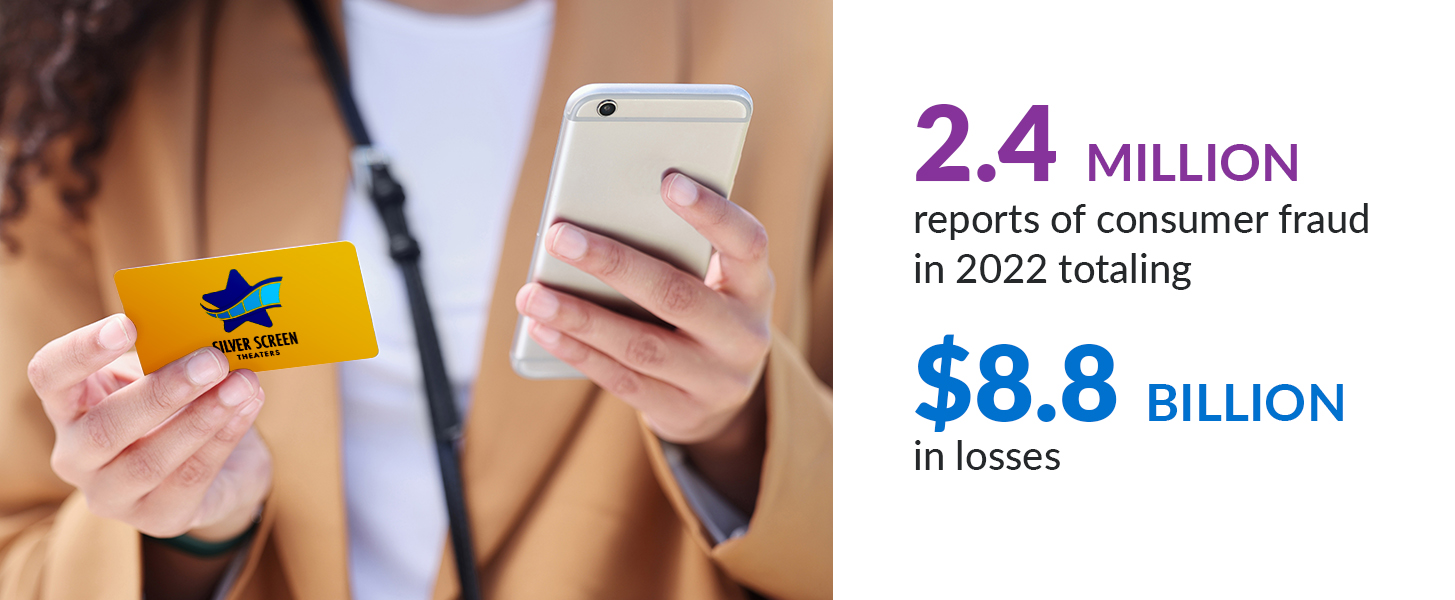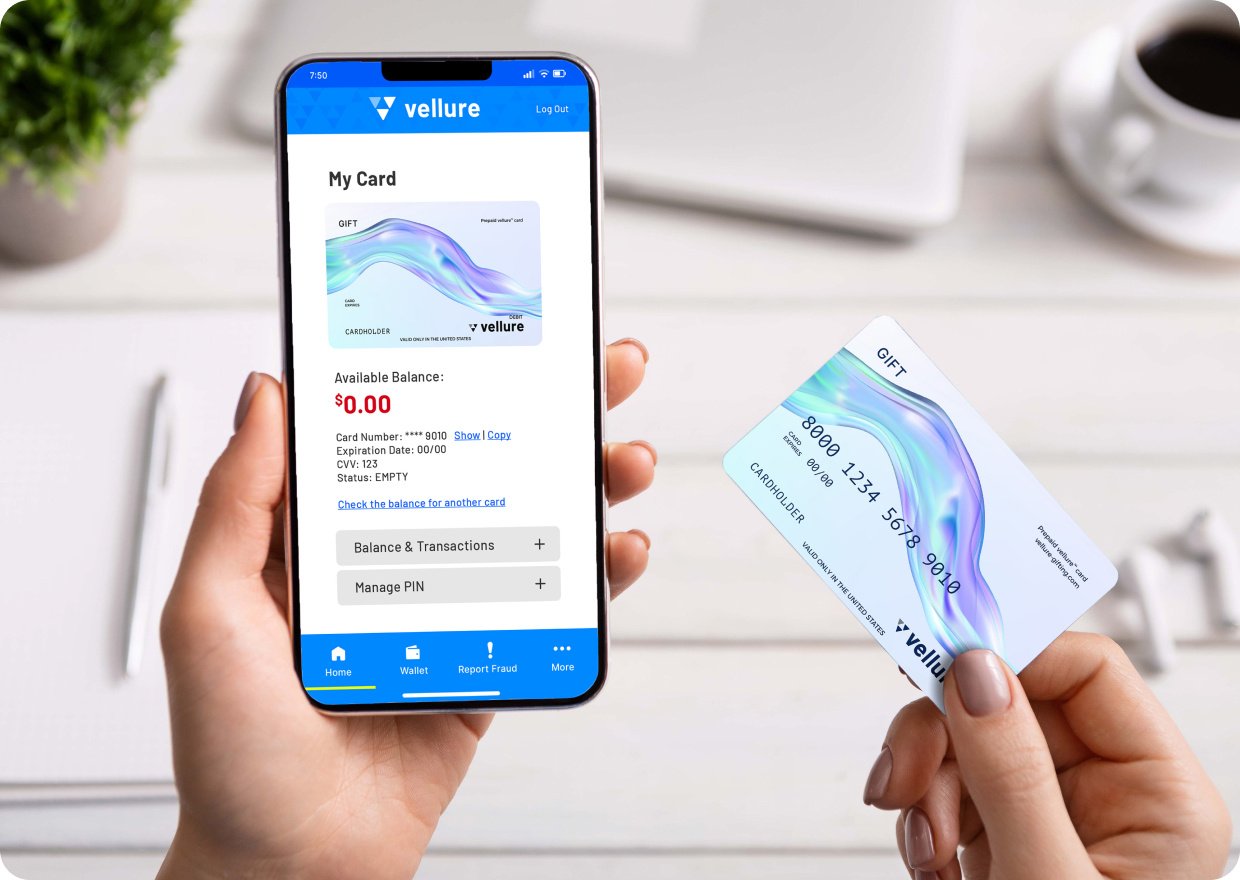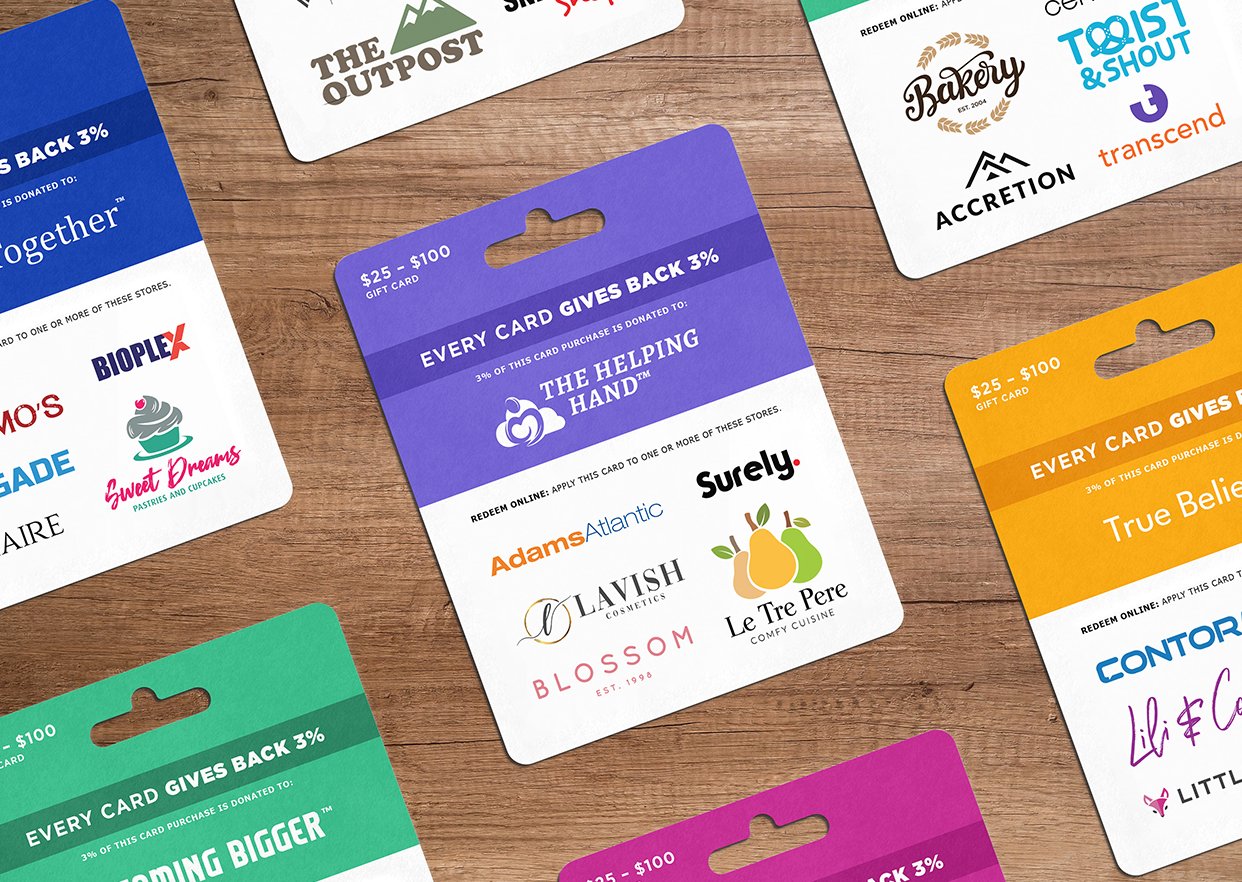The Federal Trade Commission (FTC) has released its annual statistics on fraud losses in the U.S. and it isn’t pretty. Nationwide, there were nearly 2.4 million reports of consumer fraud in 2022 totaling $8.8 billion in losses.

Various payment mechanisms were used to support these fraudulent schemes including everything from wire transfers to cryptocurrency. Interestingly, one of the more common targets of fraudsters was something you likely have in your purse or wallet right now: gift cards.
Nearly 49,000 instances of fraud related to gift cards and reloadable payment cards were reported last year with total losses surpassing $228 million. There are several reasons why gift cards are so attractive to fraudsters and their schemes:
- Gift cards are “untethered” to individual identities, making them hard to trace.
- They can be purchased with stolen credit cards and are easily converted to cash or other resalable goods.
- Gift cards are not bound by the same level of regulation as credit and debit card transactions.
- They are literally everywhere.
A Closer Look at Physical Gift Card Fraud
There are a number of different gift card scams in play but “physical tampering” is particularly troublesome. Here’s how it works:
- The fraudster goes to the point of sale and pulls an inactivated gift card from the rack.
- Using an X-ACTO® knife or something similar, they slice the card carrier open to reveal the number imprinted on the card.
- The fraudster records the card number, re-seals the card carrier to hide the tampering, and puts it back on the rack.
- A consumer eventually buys the gift card and it is activated by the cashier, “loading” it with a certain dollar value.
- The fraudster logs in periodically to check the balance on the card, waiting for evidence of activation. Once they see it has been activated, they quickly make purchases using that card number.
- The consumer who purchased or received the gift card is later told that their gift card account has been depleted.
There are a variety of defenses against physical tampering of this type that relate to the design of the gift card and gift card packaging. Other preventive measures pertain to data management practices while some fall under the concept of caveat emptor – buyer beware. This blog will look at four key methods of combating gift card fraud related to physical tampering.
The Top 4 Gift Card Fraud Defenses
1: Tamper-evident packaging
It’s impractical to make gift card carriers that are impossible for fraudsters to open. After all, law-abiding consumers need to be able to open the carriers, too. However, it is possible to manufacture card carriers in such a way that the carrier is defaced during the opening process.
Packages can be designed to fracture in obvious ways when they are opened, making the tampering apparent to both consumers and retail cashiers. Non-rewettable adhesives can be used to prevent re-sealing by fraudsters. PINs and activation numbers can also be hidden deep inside the package in places that would require dismantling of the entire package. In all of these cases, the cashier and consumer are alerted to the fraud visually so the card can simply be disposed of before it is loaded with funds.
2: Tamper-evident labeling
The next fraud prevention measure will be familiar to anyone who has ever purchased a lottery card. Scratch-off label material can be placed over the top of gift card numbers and activation numbers. This technique requires the fraudster to disturb the scratch-off material in order to view the number.
In this approach, the scratch-off surfaces (or various other types of tamper-evident labels) are confined to the imprinted numbering only. Here again, such tampering should be readily apparent to cashiers during the card activation process and prevent the sale of compromised gift cards to consumers.
3: Data management
Retailers are often able to shut down physical tampering pre-emptively through smart data-management practices. Logically, there should be no reason for anyone to check the balance on a gift card that has never been sold or activated at the point of sale.
Thus, a card number that has experienced balance checks prior to activation can be assumed to have been compromised by fraud. The retailer can permanently block that card number from activation, preventing a cashier from selling it. Consumers are simply invited to pull another card off the rack and the cashier tries again.
4: Disclosure language
A fourth approach is to educate consumers about common gift card scams up front. For example, the State of New York recently passed legislation that requires businesses selling gift cards to give notice of possible scams.
“I thank Governor Hochul for signing my legislation requiring businesses to display in-store warnings alerting consumers of potential gift card scams,” said State Senator Kevin Thomas. “Taking these steps will alert customers to the prevalence of these scams, provide greater protections to New Yorkers and save potential victims from financial fraud."
Taylor: A Leader in Gift Card Security
One of the world’s largest producers of gift and loyalty cards, Taylor is leading the way in fraud prevention and card security measures. For example, our Secure Pack seals the gift card within several paper panels and unique security enhancements are added to highlight the evidence of physical tampering.
We are also working to make the entire gift card industry more secure. Taylor is actively involved in industry task forces that focus on combating fraud and abuse. Each quarter, we use those learnings to enhance our security measures and develop new tamper-resistant features.
Want to beat fraudsters at their own game and protect your customers from gift card scams? Contact us to learn more about Taylor’s expertise with secure gift card packaging.










